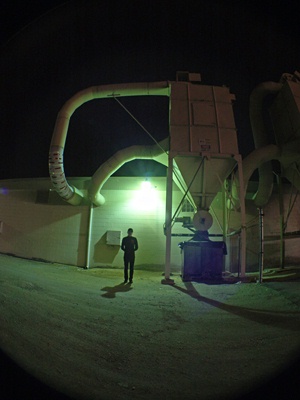All Nonfiction
- Bullying
- Books
- Academic
- Author Interviews
- Celebrity interviews
- College Articles
- College Essays
- Educator of the Year
- Heroes
- Interviews
- Memoir
- Personal Experience
- Sports
- Travel & Culture
All Opinions
- Bullying
- Current Events / Politics
- Discrimination
- Drugs / Alcohol / Smoking
- Entertainment / Celebrities
- Environment
- Love / Relationships
- Movies / Music / TV
- Pop Culture / Trends
- School / College
- Social Issues / Civics
- Spirituality / Religion
- Sports / Hobbies
All Hot Topics
- Bullying
- Community Service
- Environment
- Health
- Letters to the Editor
- Pride & Prejudice
- What Matters
- Back
Summer Guide
- Program Links
- Program Reviews
- Back
College Guide
- College Links
- College Reviews
- College Essays
- College Articles
- Back
We and the Post WWI Era
Set in the distant future, We demonstrate a pessimistic view on a totalitarian state, speaking about the tension between individuality and collectivity. On a broader scale, the book is a reflection of the disillusionment and anxiety that plagued Europe during the post WWI period.
The book probes the tension between the concepts of individuality and collectivity. One State’s effort to undermine individuality is seen in its denial of the basics of individuality. Instead of using names to identify individuals, One State attributes numbers to its citizens. Individuals, deprived of names, are lost of individual traits and dehumanized. The deprivation of individual names embodies the sense of collectivism that One State aims to embody. However, despite One State’s effort to boast collectivism, individuality prevailed among its population. Individuals openly rebelled against the ruling of the government. I-330, for example, expresses individuality by smoking, consuming alcohol, and being intimately involved with MEPHI. Under the influence of I-330, D-503 shifts from using a stale, emotionless tone in his writing that is representative of the tone employed in One State to one full of figurative language, vivid imagery, and emotion. He writes that “I am not crystal [...] there is a door inside of me [...and] I am a happy chair.” This is set in stark contrast with his previous writing “The microspeed of the tongue ought to be always slightly less than the microspeed of the thoughts and certainly not ever the reverse.”
The tension in One States illuminates the issues central to the Soviet Union (USSR) during the 1820s. Zamyatin is critiquing the totalitarian regime under Lenin. Under “the dictatorship of the proletariat,” a value in individual expression is replaced by collective identity. Individuals were required to espouse the views of the government and critique against the government renders one the target of the secret policet. On a broader scale, art, initially an outlet for individual expression, became compromised for Soviet propaganda, which further served to boost a collective identity, to convince the masses of the excellency of the Soviet Union and instill pride into its audience for their being members of a communist state. Socialist realism emerged, replacing romanticism and impressionism. Art became a tool for the government and a booster of collective identity. Thus a tension emerged between the desire for individual expression and the government’s clamping down on any dissent, any deviation from the views of the government.
We’s dystopian take on the future of society speaks to the disillusionment and anxiety that plagued the post WWI period. The carnage and destruction of the First World War and the collapse of the old order that had shaped European society for over centuries resulted in what has become known as the “age of anxiety.” The death of family members devastated Europe. This sense of depression was furthered as individuals suffered from financial difficulties as their governments plunged into war debt. During this period, the belief in reason and progress was replaced by an emphasis on the irrational aspects of the human condition and the destructive forces of human nature. The sense of mass disillusionment and pessimism during the age of anxiety is on full display in We. Zamyatin’s pessimism regarding communism and society is physical embodiment of the anxiety that permeated many facets of thought and culture during the age of anxiety.

Similar Articles
JOIN THE DISCUSSION
This article has 0 comments.

Having just learned about Europe in the 20th century in history class when I read We, I found myself thinking about the connections between the plot and the broader historical context as I read the book.